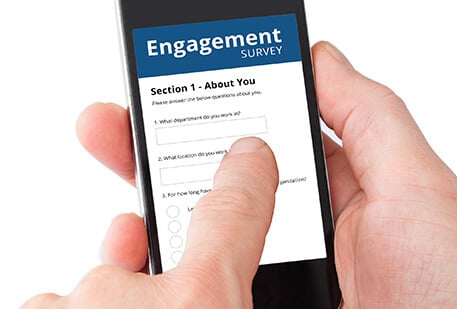Driving strategy with workforce analytics
According to a Deloitte Global Human Capital Trends Report published a couple of years ago, 86 per cent of companies reported no analytics capabilities in the HR function, and 67 per cent rated themselves as weak when it comes to using HR data to predict workforce performance and improvement. Less than one in 10 companies said they had “strong” analytics capabilities. By contrast, 81 per cent of companies used analytics in finance and 77 per cent in operations.
It has taken a while, but HR is finally coming on board as they realize they have to start talking the language of business and finance – numbers – or be left behind.
HR is rapidly evolving into a data-driven function that offers significant new opportunities to drive business results. The goal of human resources analytics is to provide an organization with insights for effectively managing employees so that business goals can be reached quickly and efficiently. Deploying big data to improve HR results is a permanent change in how HR professionals need to work to add value.
From attracting top talent, to accurately forecasting future staffing needs or improving employee satisfaction, workforce analytics tools empower organizations to align HR metrics with strategic business goals. Workforce analytics enable organizations to use their wealth of employee data to make better decisions about their workforce and improve operational performance.
HR needs answers to workforce related questions on a daily basis. What is our headcount? Who is performing well? Who will be needed? What skills will be required? At what cost? What employees are achieving their performance goals? How many are retiring? Who has the competencies we need for today and tomorrow to build a competitive workforce?
Workforce analytics creates a more complete picture of your workforce, thereby giving your executive team the critical information necessary to make decisions that drive business success. By using analytics over time, you can become predictive and use the data to answer your workforce questions including who the top performers are who are most at risk of leaving your organization in the next year and who your most successful employees will be.
Using Workforce Analytics properly can be a powerful business tool and is critical to the future of HR to show how you can create significant business improvement. Analytics provides an opportunity for HR to take a leadership role in identifying and solving problems that drive impactful business results.
Drake Synergizer Workforce Analytics helps you make well informed HR decisions. To learn how it can help your company effectively calculate the ROI on your human capital investments, and connect the critical data points throughout your company. .
 CA-EN
CA-EN UK
UK AU
AU US
US NZ
NZ PH
PH ZA
ZA SG
SG HK
HK


